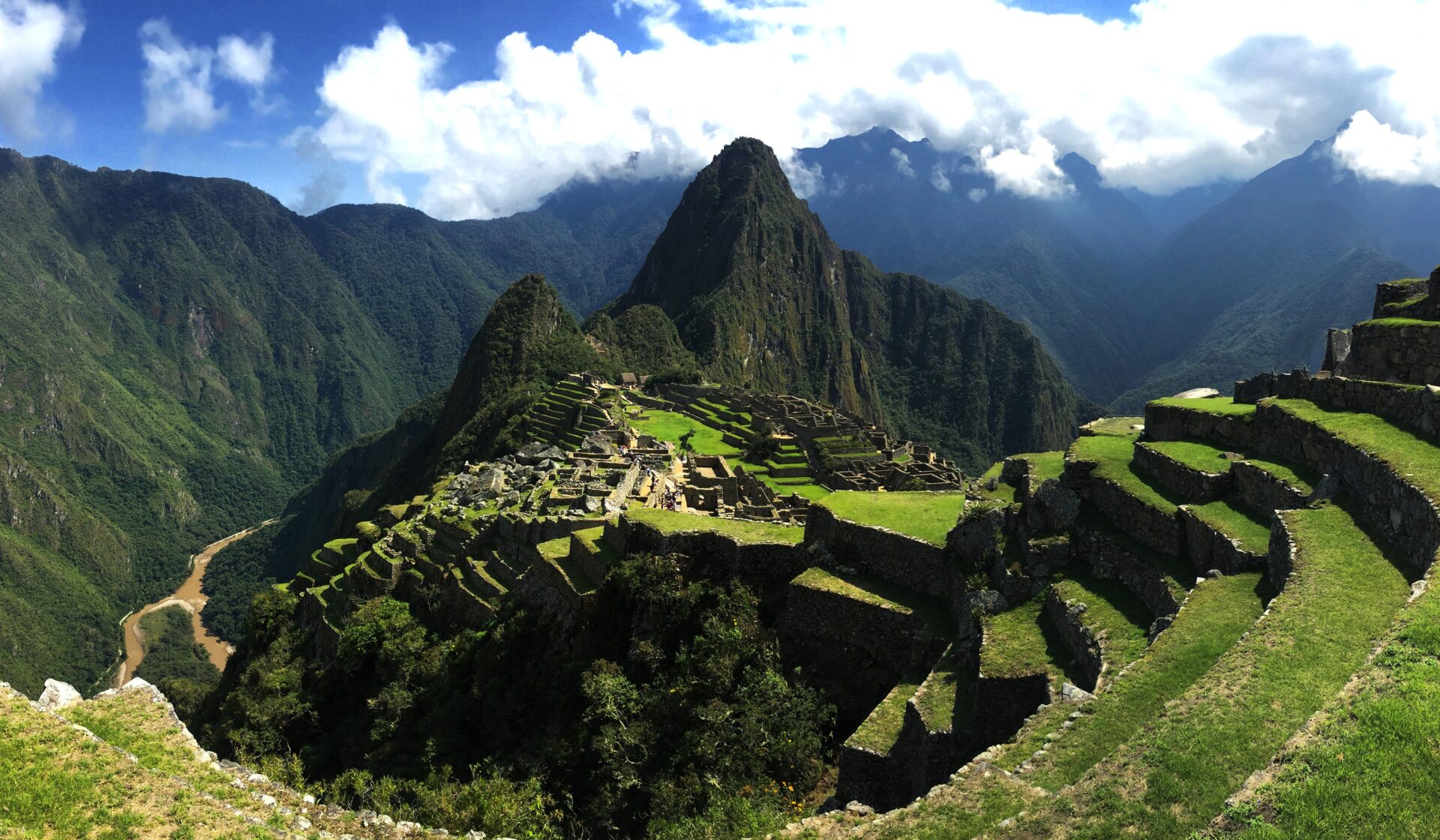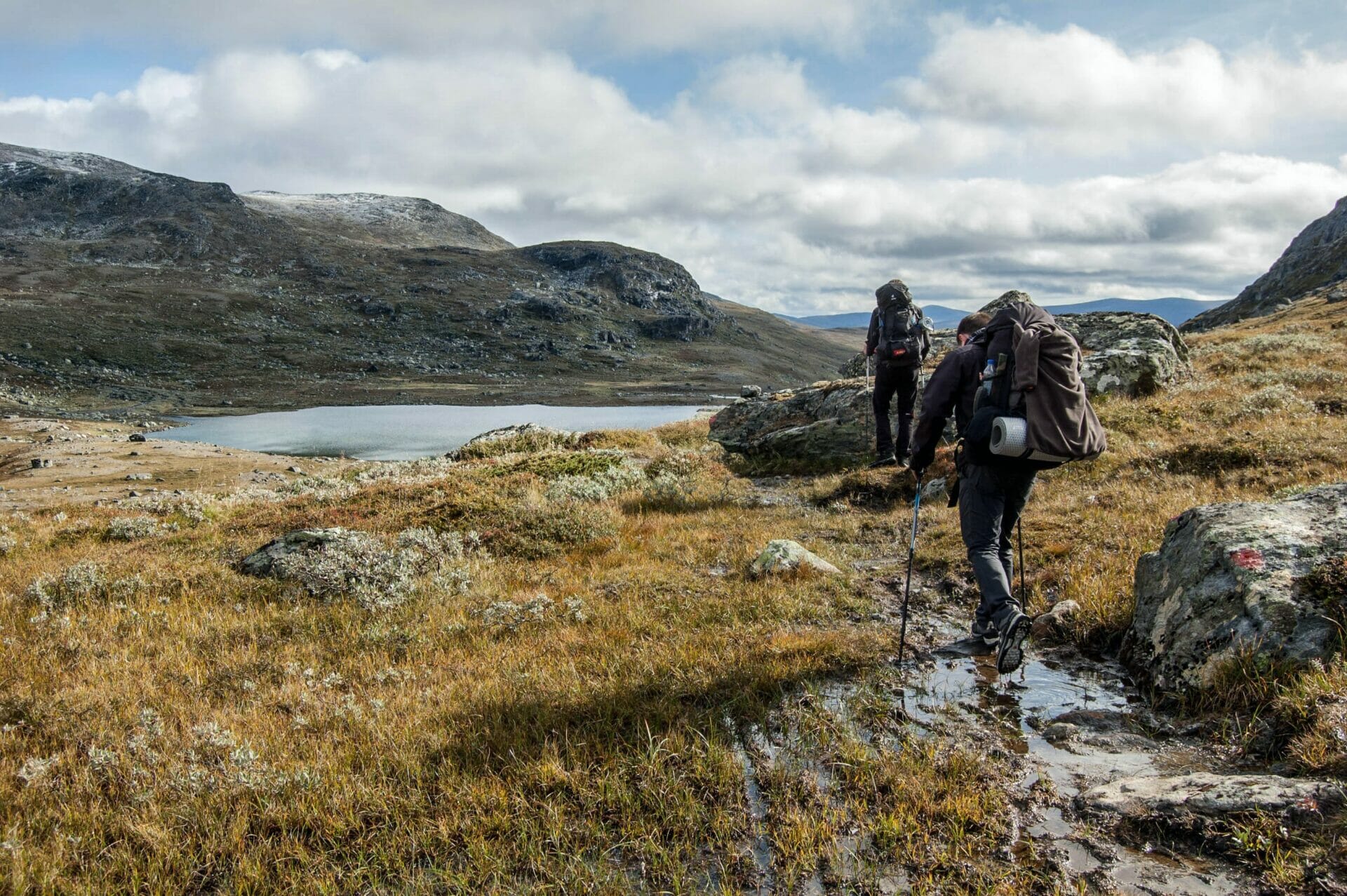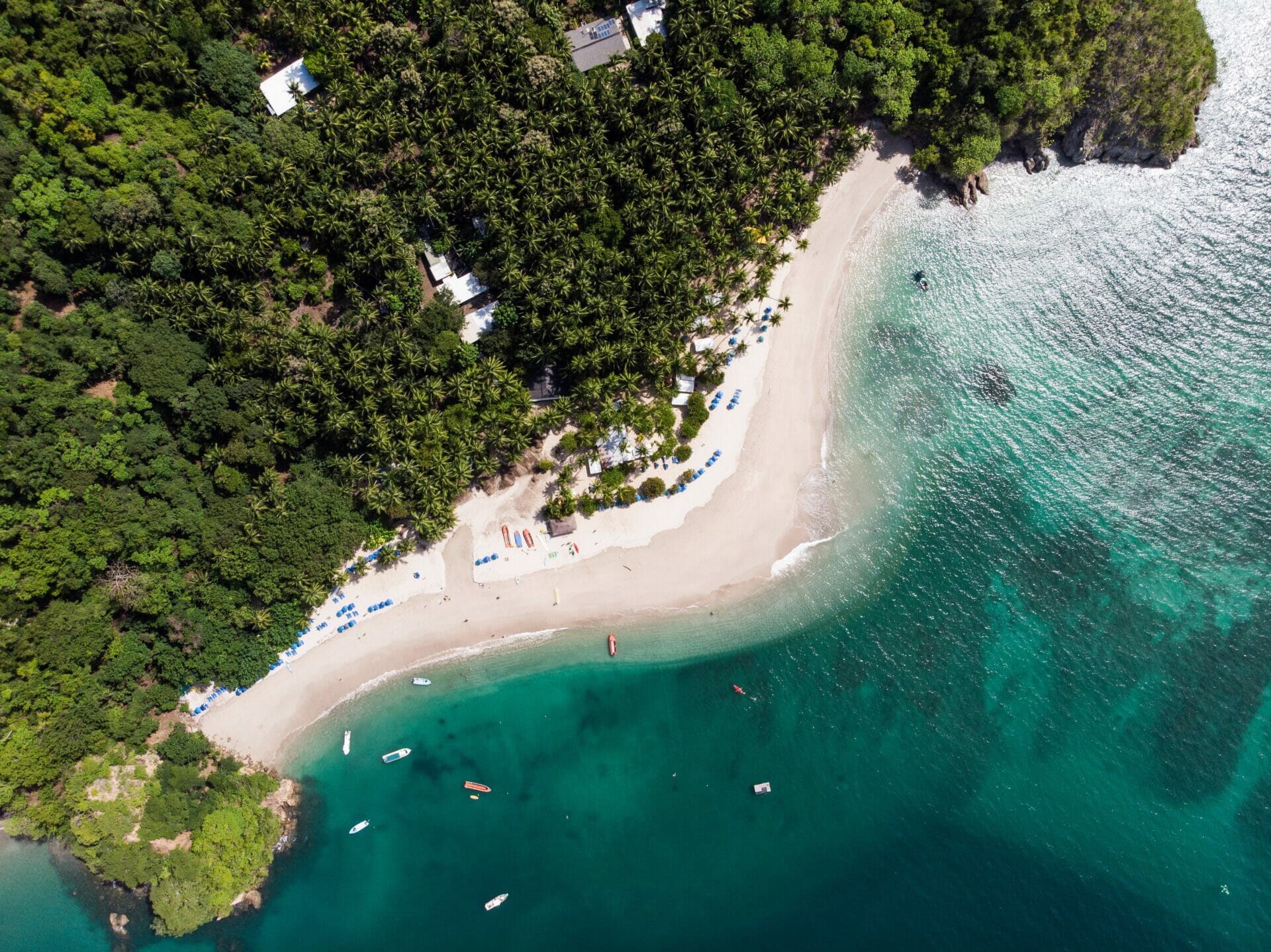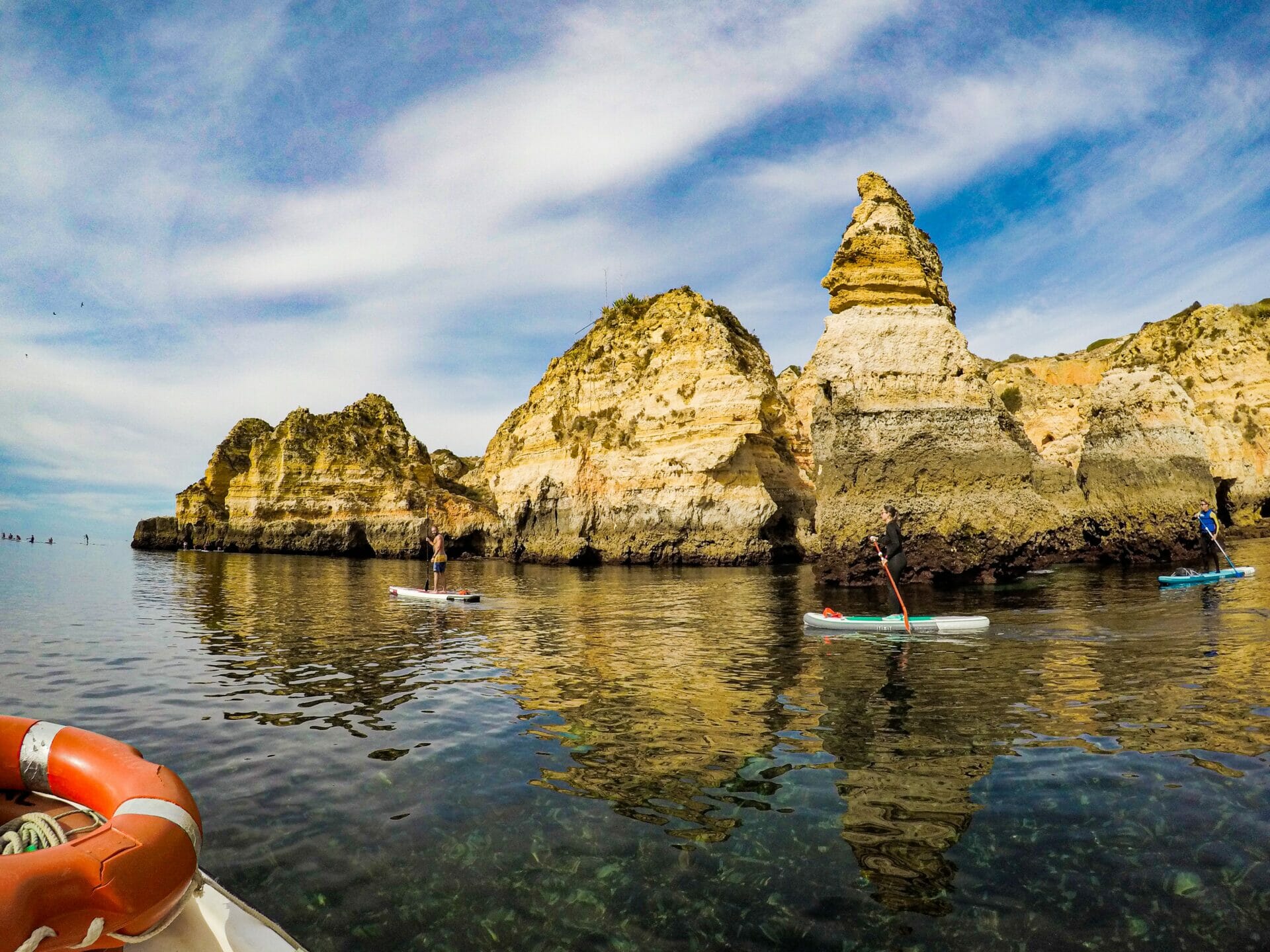The National Park System, which began in 1872 with the establishment of Yellowstone National Park, is a true gem on the crown of America. Year-round, visitors can enjoy the intrinsic beauty of these parks peppered throughout the United States. However, each landscape has its sweet-spot timing to visit. When planning, check for entrance fee-free days throughout the year and special events during the well-liked National Park Week celebration in April. Here’s a list of must-see National Parks and the best time to explore each one.
April
Redwood National State Park: Visit the majestic Redwoods, Earth’s tallest and oldest living creatures. April is the end of the rainy season and the best time to explore this lush park.
| Pro Tip: National Park Week starts on Earth Day, April 22nd, and begins a week-long celebration of America’s parks. Be sure to check the National Park Service website for celebrations and themed events throughout the year. |
May
Yosemite National Park: Arguably considered the most iconic national park due to El Capitan’s granite cliffs and endless waterfalls, Yosemite can’t be missed. May is the ideal time to visit before school ends, and the balmy California heat permeates the environment.
June
Acadia National Park: Located in the far north reaches of the Atlantic Coast, Acadia National Park, littered with estuaries and intertidal habitats, has moody weather throughout the year but is most tolerable in the summertime.
July
Denali National Park: July is the best time to visit the largest national park in America. While the weather is excellent, crowds can be expected – book travel itineraries in advance or brave the park in colder months.
August
Mount Rainier National Park: Mount Rainier is the perfect backdrop for adventure picnicking on alpine lakes or crystal-clear rivers winding through alpine forests. This park offers clear skies and excellent wildflower viewing in August.
September – October
Great Basin National Park, Grand Teton National Park, Glacier National Park, and Shenandoah National Park have unbelievable fall foliage views with tremendous leaf-peeping opportunities.
November
Petrified Forest National Park: Dating back millions of years, the rocks at this national park represent a time when the landscape was lush and fertile rather than dry and desolate. With only two days of rain on average, November offers dry weather and 60-degree Fahrenheit days that are great for hiking.
December
Biscayne National Park: This park is comprised of 90% water and houses one of the largest reef systems in the world. A boat is the best option for exploration; however, snorkeling, swimming, and scuba diving from the shore are all great activities during the holiday season.
January
Death Valley National Park: Visit the hottest park in the USA during colder winter months. Hiking Badwater Basin and sliding the sand dunes at Dante’s Peak is much more enjoyable sans the sweltering heat.
Virgin Islands National Park: Looking for beachy scenes, palm trees, and tropical drinks? Look no further than the Virgin Islands National Park for these unconventional luxury vacation elements. Although the crowds are the largest in winter, the primo weather makes up for the tourist season vibes.
February
White Sands National Park: Visitors can enjoy sledding down the largest gypsum sand fields in the world while exploring this kid-friendly landscape. Morning temperatures are chilly, but the park quickly warms by mid-day. Great weather and low traffic make February the ideal time for a visit.
March
Zion National Park, Arches National Park, Canyonlands National Park, Capitol Reef National Park, and Bryce Canyon National Park. March is an excellent time to visit all the national parks in Utah because the weather is getting warmer, and the crowds are still relatively low.
| Pro Tip: For more history about America’s National Parks, check out the six-part documentary series by Ken Burns and Dayton Duncan, The National Parks: America’s Best Idea. |





Responses